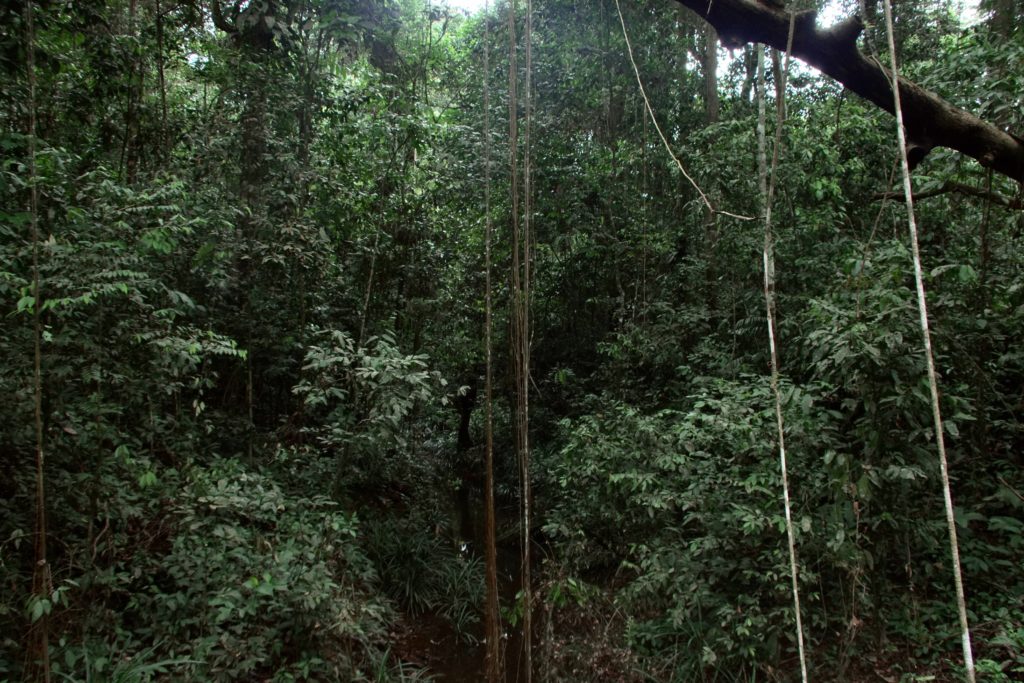KALIMANTAN
Indonesian Borneo
Indonesia is the world’s largest archipelago with almost 18,000 islands spreading between the Pacific and the Indian Ocean. It’s a hotspot of world diversity, home to hundreds of distinct cultures and over 3,000 animal species (including Komodo dragons, Sumatran tigers and orangutans). Along with this, Indonesia also houses the largest rainforest in all of Asia.
Kalimantan or Indonesian Borneo , is the third largest island in the world.
Home to the world’s oldest tropical rainforests, Borneo is still among the planet’s most biologically diverse ecosystems and is still home to thousands of endemic animal, reptile, insect and plant species including orangutans, rhinos, hornbills, macaques and gibbons to name just a few not to forget the mysterious Black Orchid endemic to the island
Ourangutang. Kutai National forest

Bornean orangutan populations have declined by more than 50% over the past 60 years, and the species’ habitat has been reduced by at least 55% over the past 20 years.
The Bornean orangutan differs in appearance from the Sumatran orangutan, with a broader face and shorter beard and also slightly darker in color.
Orangutans are elusive.
They spend their days mostly alone, high in the treetops. The vast majority of them are found in the lush rainforests of Borneo.
Orangutans weigh up to about 180 pounds and live up to 55 years in the wild.
One of our closest living relatives, they are the most solitary of the great apes, spending almost all of their time in trees. Orangutans in Borneo also spend some time on the ground. Deforestation linked to logging, the production of palm oil and paper pulp, and hunting all pose threats to orangutans, whose populations have plummeted in recent decades.
Biodiversity
Borneo island consists of 15,000 plant species, and more than 1,400 amphibians, birds, fish, mammals, reptiles and insects.
Borneo covers an area of 743,330 square kilometers (287,000 square miles) with different biomes.
Biomes refer to the major ecological community, which is predominant vegetation and characterized by adaptations of organisms to that particular environment, in this case biome is tropical rainforest.
Borneo forests are some of the most biodiverse on the planet and with ideal climate to contain organisms. Some of the forests in Borneo are Tropical rainforest mangroves swamp forests, peat swamp forests, montane forests, heath forests and dipterocarp forests.
These physically diverse habitat provide different conditions for different organisms to live. Therefore, the biodiversity is increasing as the organisms have found their own favorite habitat to live.
